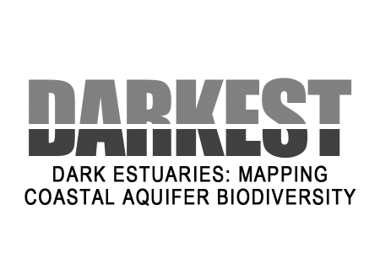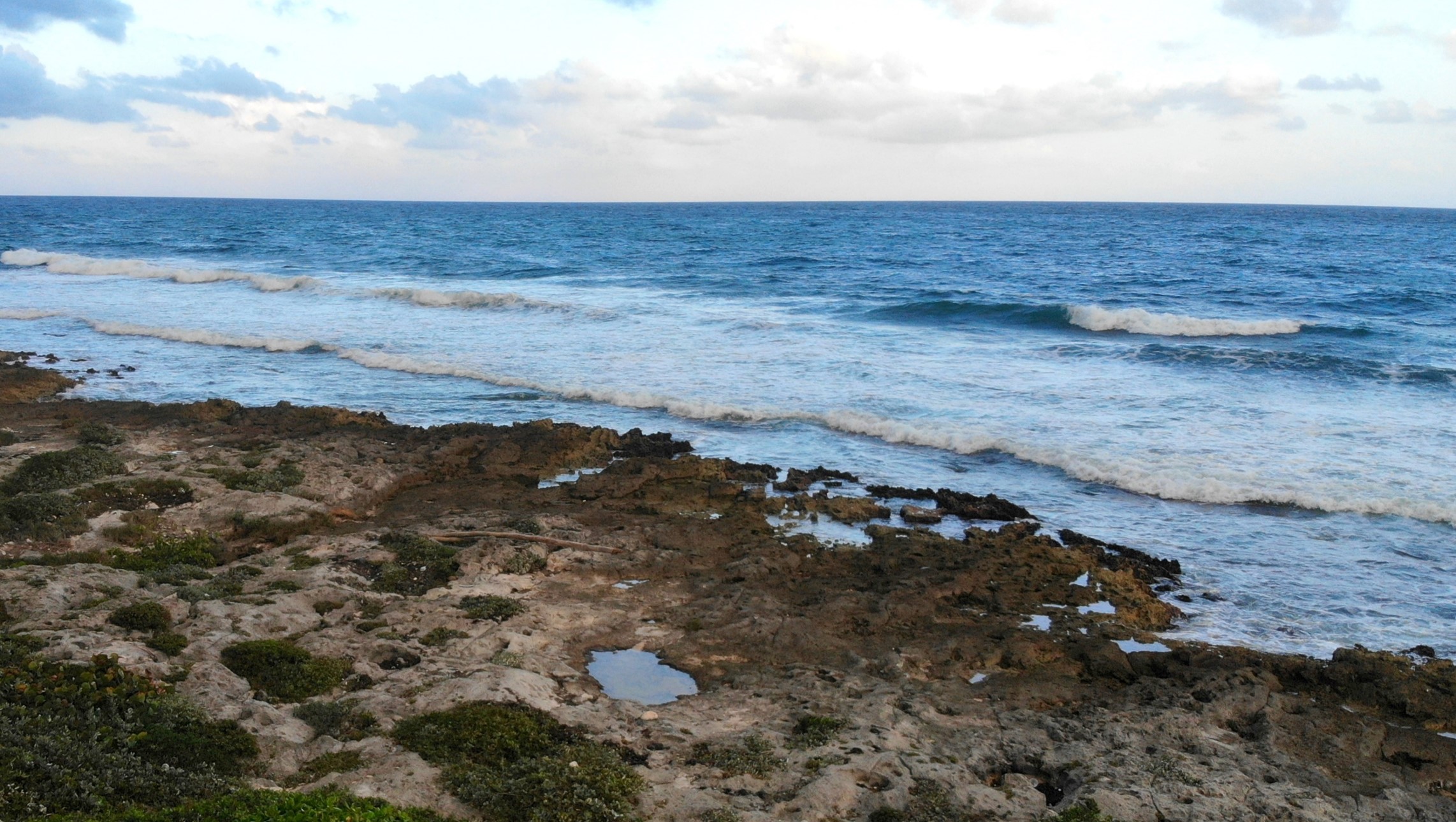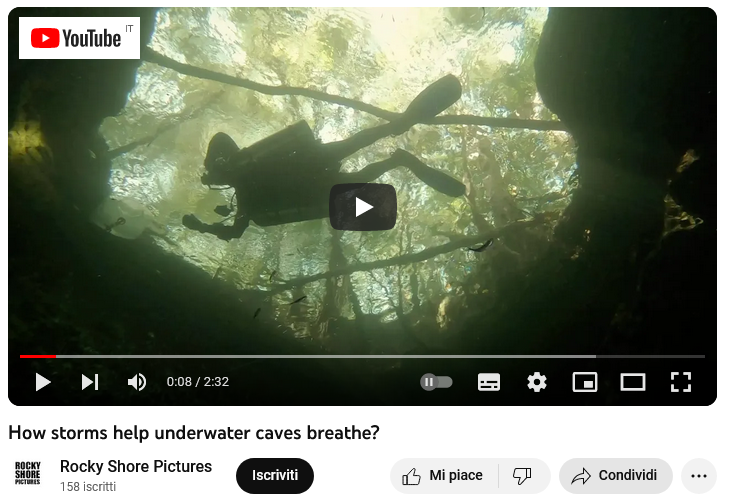 DARKEST Project
DARKEST Project
Dark Estuaries: Mapping coastal aquifer biodiversity in a changing world




Funding Source: European Union’s Horizon 2020 Research and Innovation Programme under the Marie Skłodowska-Curie grant agreement No 101031043, DARKEST, Dark Estuaries: Mapping coastal aquifer biodiversity in a changing world
Total Budget: € 183'500
Duration: 2 Years (2021-2023)
Summary: Coastal aquifers promote characteristic subsurface ecosystems at the world’s land-ocean boundaries and provide water sources for more than one billion people in coastal regions. But they are also prone to effects of climate change and human population growth. What are the drivers of biodiversity in coastal aquifers? How do they respond to environmental change? The EU-funded DARKEST project searches for answers by integrating a global database of subterranean fauna with existing geochemical data and high-resolution hydrogeology maps of the world’s aquifers. Taking a holistic approach, its goal is to bridge scientific disciplines across ecology and geosciences.
People involved in the project
MSCA Fellow: David Brankovits (CNR-IRSA)
Partners:
Diego Fontaneto (CNR-IRSA)
Alejandro Martinez-García (CNR-IRSA)
Nils Moosdorf (ZMT Leibniz)
Publications
Brankovits, D., Pohlman, J.W., Lapham L.L. (2022) Oxygenation of a karst subterranean estuary during a tropical cyclone: Mechanisms and implications for the carbon cycle. Limnology & Oceanography. doi: 10.1002/lno.12231
Ballou, L., Brankovits, D., Chávez-Solís, E.M. et al. (2022) An integrative re-evaluation of Typhlatya shrimp within the karst aquifer of the Yucatán Peninsula, Mexico. Scientific Reports 12, 5302. doi: 10.1038/s41598022-08779-9
Videos
English Version (with subtitles)
Spanish version




